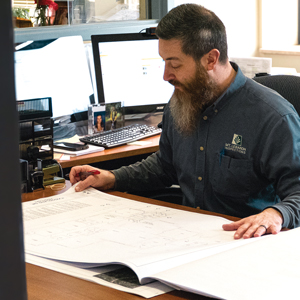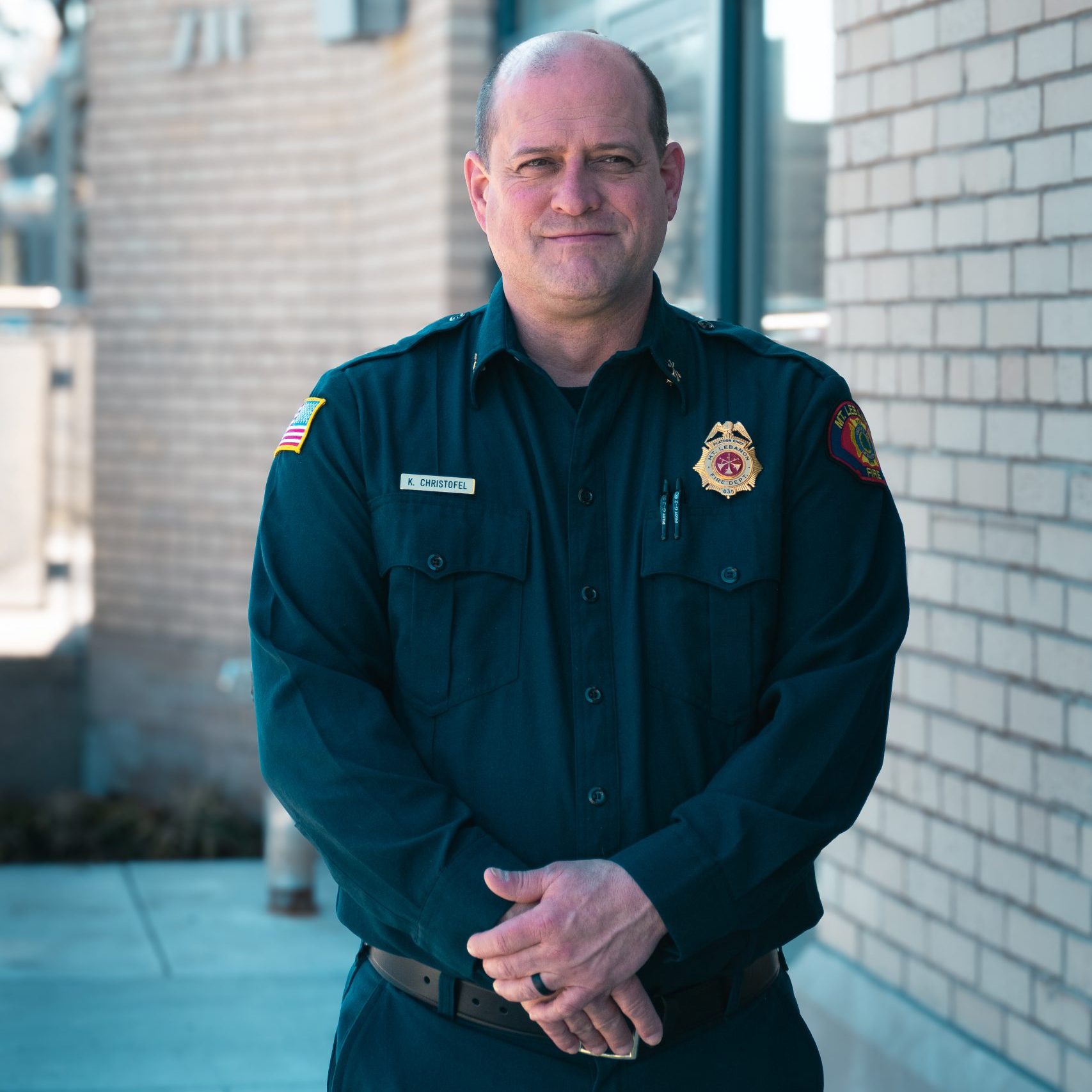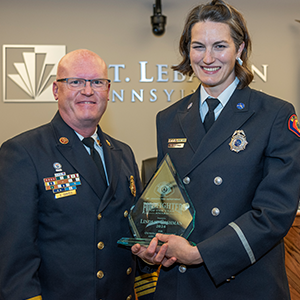Mt. Lebanon updates land use plan
Mt. Lebanon needs your help in deciding how to manage growth and change over the next decade. The municipality, in cooperation with the consulting firm Environmental Planning and Design, is updating its updating its comprehensive plan, a document that serves as a foundation for future municipal policies, ordinances and priorities. The plan, usually updated every 10 years, was last revised in 1999. Postponing the process until now allows us to use current demographic information supplied by the 2010 census.
“The update provides an opportunity to take a fresh look at our circumstances, needs and challenges, to ensure that the community continues to adapt, grow and remain vibrant and desirable while enhancing the character and strengths of the community,” says Municipal Planner Keith McGill.
One change from the last plan, to make this one more useful: Three sites appropriate for development will be selected and a “blueprint for development” designed for each site. The sites have not yet been chosen.
The plan will include short-term (one to three years), mid-term (four to six years) and long-term (seven to 10 years) goals. Short-term goals might include park improvements, while a mid-term goal could be the development of underutilized space on Castle Shannon Boulevard; long term projects could be anything from transit-oriented development to additional opportunities that might result from the eventual reconstruction of the South Garage.
McGill is eager to get input from residents. “We’re in a much better position this time because of social media,” he says. Some innovative ideas? A brochure or flier to be passed out at First Fridays and other community events with a QR (quick-response) code that will allow people to get more information about the planning process on their smartphones; an online survey, and walking tours where residents could document things they like (or don’t) with cameras followed by a facilitated discussion session where they download photos and share ideas. McGill also hopes to involve next fall’s junior commissioner, a high school student, in promoting student participation. And as always, there will be presentations to various community groups and at least two public meetings.
“There are a variety of different ways to get involved,” says McGill.
Once the plan is finalized in 12-14 months, McGill doesn’t want to see it forgotten until it’s time to update it again. He is recommending that the planning board evaluates the plan yearly and reports to the commission.“I want us to look at this, see where we are, what we’ve accomplished, and if there are things we didn’t accomplish, have a reason why [such as]lack of funding or a shift of priorities.” he says. “That way we have a plan that serves the community.”





